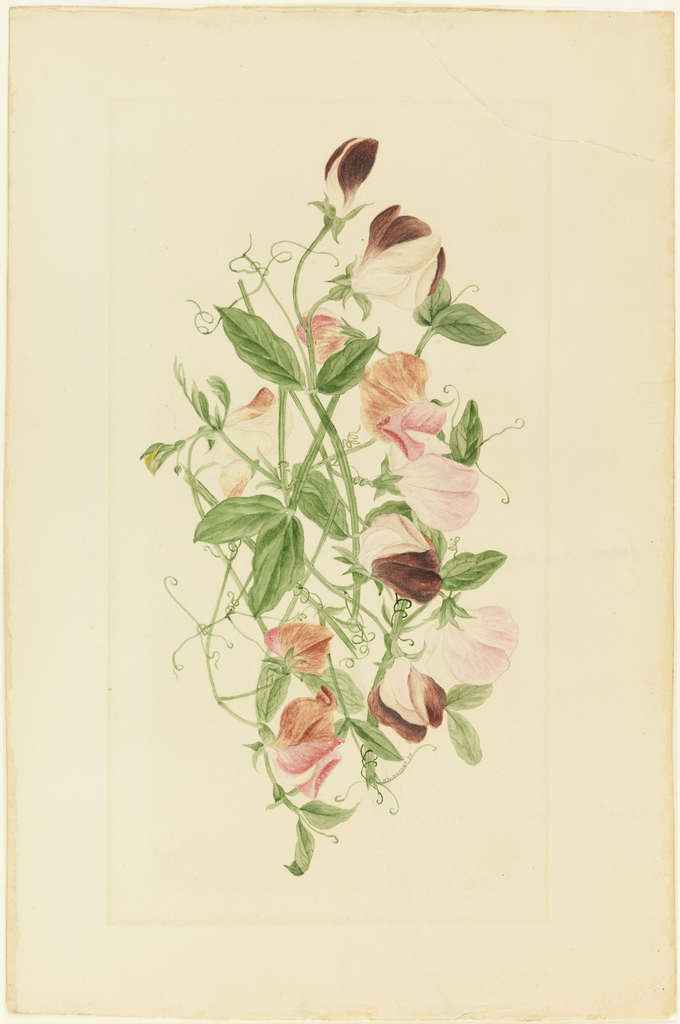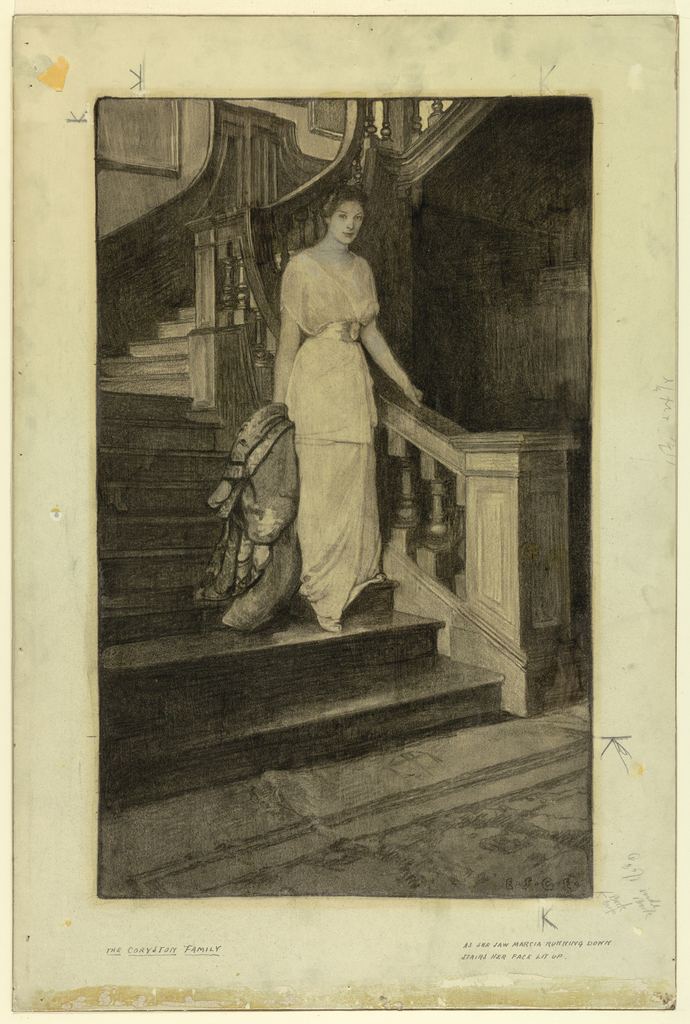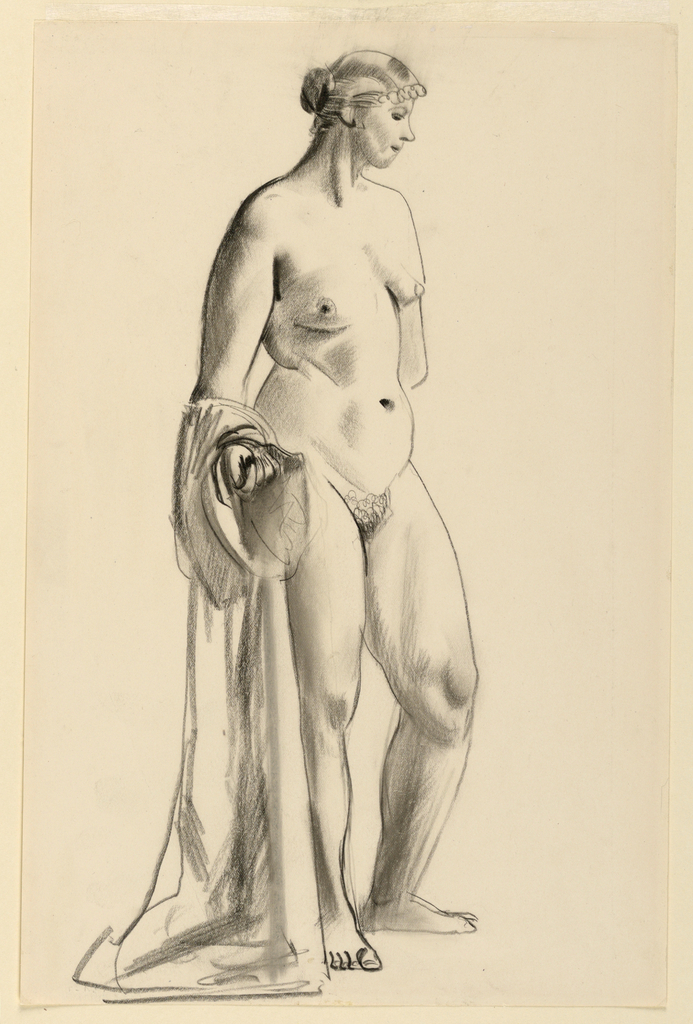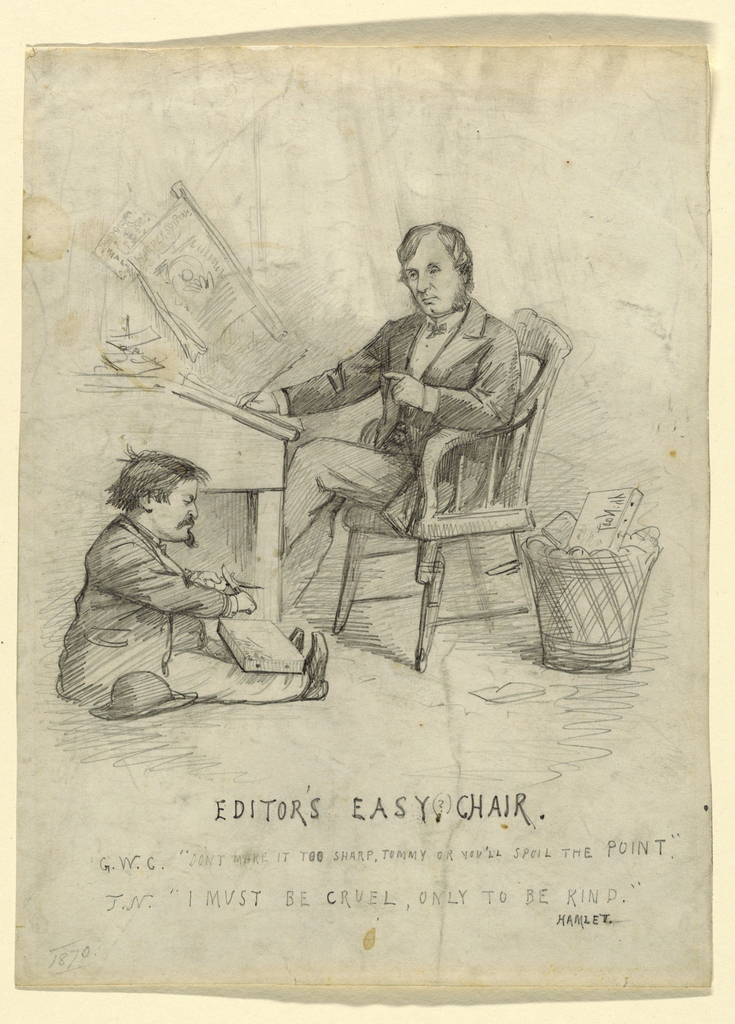Mrs. Henrietta Maria Benson Homer exhibited Sweet Peas at the Brooklyn Art Association in April 1876, asking the relatively modest sum of $20 for the work.[1] In the same show, her son—Winslow Homer—also exhibited work. Henrietta had taught her son the basics of drawing and painting, and helped to spark his interest in watercolor. After...
In celebration of Women’s History Month, March Object of the Day posts highlight women designers in the collection. In a prolific career spanning six decades, Elizabeth Shippen Green (1871—1954) illustrated more than two dozen books and produced hundreds of illustrations for newspapers and magazines. From 1901 until 1924, she worked under exclusive contract to Harper’s...
The Central Park Zoo: home to exotic birds, barking sea lions, and remnants of artist, William Hunt Diederich. Upon the Zoo’s 1934 renovation, Diederich was commissioned to complete a series of iron weathervanes. Today, on the roof of a maintenance facility on the Zoo’s south end, four replicas of those original weathervanes remain. A cat,...
George Bellows (1882–1925) revolutionized the field of graphic arts at the beginning of the twentieth century by pushing the boundaries of lithography. In his own words he strove to “rehabilitate the medium from the stigma of commercialism which has attached to it so strongly.”[1] In 1916 fellow American artist Albert Sterner (1863–1946) introduced Bellows to...
Today discussions concerning the divisive power of political rhetoric are being addressed throughout the national media. This drawing captures a pivotal moment in nineteenth-century American history that juxtaposes a similar debate. Thomas Nast (1840-1902) joined the staff of Harper’s Weekly in 1862 and his drawings of the Civil War established his reputation. George William Curtis...




